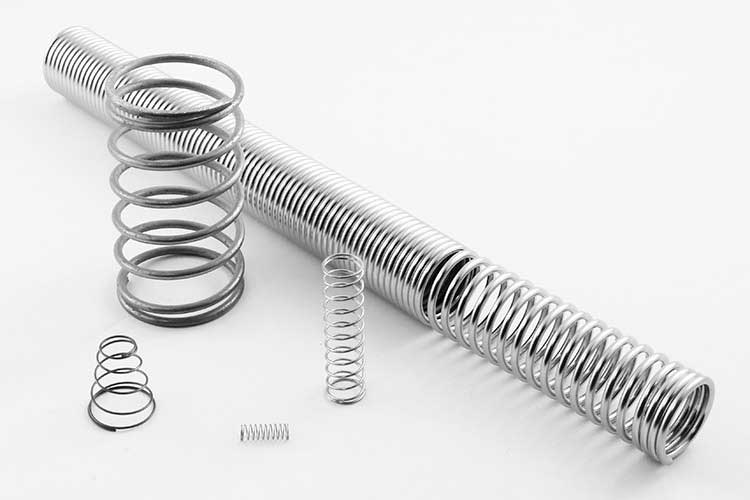Get unique, complex parts easily. No matter your requirements, Chaoyi Spring creates hard-to-produce coil springs and wire forms.
Let us help you create the custom wire form you need, from S-hooks and J-hooks to utility hooks and more.
We work closely with customers across a wide range of industries, helping them design and manufacture made-to-order parts.
Why choose Chaoyi Spring? We prioritize customer-focused collaboration, modern equipment and the latest technology to make your parts per print.
Find the information and guidance you need, from measuring a spring to learning about materials, placing an order and much more.
A garage door's tension springs are crucial for its smooth operation. They provide the counterbalance needed to lift and lower the heavy door effortlessly. However, these springs wear out over


A garage door's tension springs are crucial for its smooth operation. They provide the counterbalance needed to lift and lower the heavy door effortlessly. However, these springs wear out over time and eventually need replacement. Replacing garage door tension springs is a dangerous task that should only be attempted by experienced individuals. This article will provide a comprehensive guide to understanding the process, the necessary safety precautions, and the reasons why professional assistance is often the best course of action.

Garage door tension springs are powerful components that store a significant amount of energy. They are responsible for lifting and lowering the door, counteracting its weight and making it easy to operate. These springs are typically made of high-quality steel and are designed to withstand repeated cycles of tension and release. However, like any mechanical part, they eventually wear out, lose their elasticity, and require replacement.
There are two types of tension springs commonly found on garage doors: torsion springs and extension springs. Torsion springs are mounted horizontally above the door, while extension springs are attached to the door itself. Both types serve the same purpose, but they differ in their design and installation.
Several signs indicate that your garage door tension springs are nearing the end of their life. Recognizing these signs early on can help you avoid a potentially dangerous situation.
Here are some telltale symptoms:
Replacing garage door tension springs is a very dangerous task. It involves working with high-tension springs that store a significant amount of potential energy. Even a small mistake can lead to serious injury or even death.
Here are some key risks associated with replacing garage door tension springs:
If you are absolutely certain you need to replace your garage door tension springs and you have the necessary experience and tools, proceed with extreme caution and follow these safety tips:
When choosing new garage door tension springs, it's crucial to ensure they are compatible with your existing door. Factors to consider include:
Replacing garage door tension springs is a hazardous task that should only be attempted by experienced individuals. If you are unsure, it is highly recommended to seek professional assistance. Remember, your safety is paramount. Never attempt to repair or replace garage door springs if you do not have the necessary experience, knowledge, and tools. By following these safety guidelines and seeking professional assistance when necessary, you can ensure the safe operation of your garage door and avoid potential injury or damage.
Garage door tension springs are crucial components for safe and efficient garage door operation. While replacing them can seem like a DIY project, it's a dangerous task best left to professionals. Prioritizing safety and seeking expert help when necessary ensures a smooth and trouble-free garage door experience. Remember, your safety should always come first.
Browse some of the custom wire forms and springs that we manufacture. Don’t see what you need? We specialize in made-to-order products that meet your application requirements.
Visit Our GalleryNeed a custom wire form or coil spring? We make it work. Fill out the contact form and a representative will respond within 1 business day. If you have a PDF or CAD file, you can submit to request a quote.